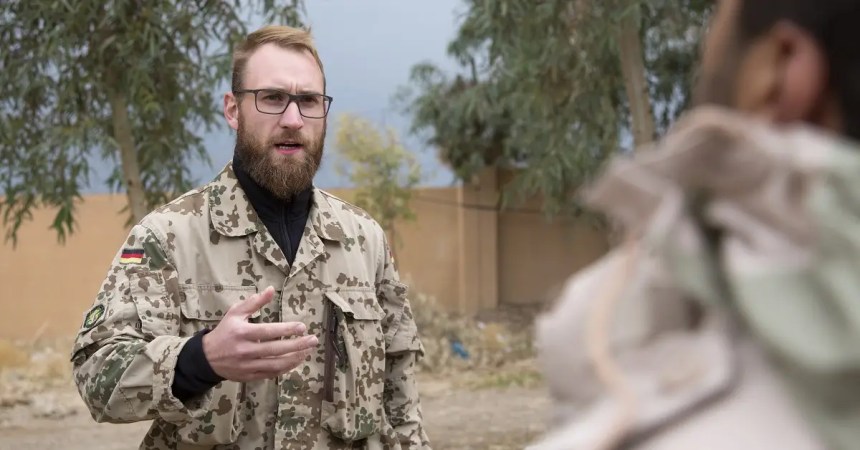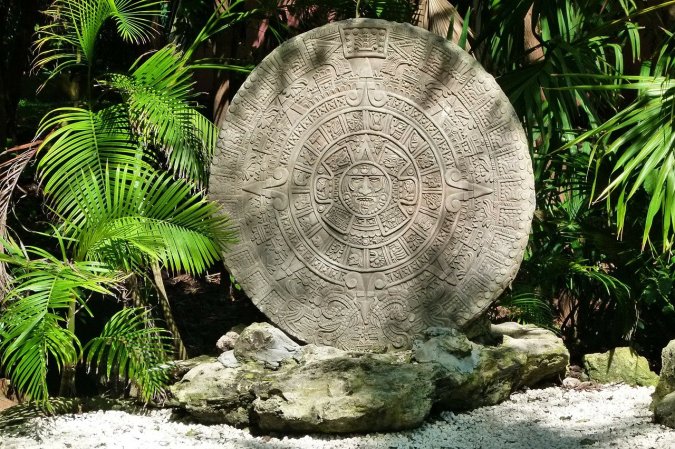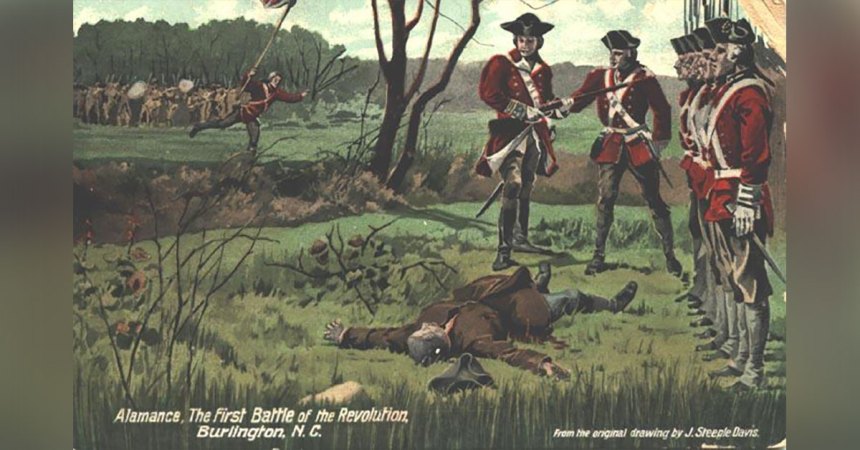When America was founded in 1776, the officers in charge wore powdered wigs. As time marched on, so did the evolution of regulation hairstyles — including facial hair. For most, facial hair isn’t an option anymore, but the military haircut was still in a world of its own.
From the buzzcut to the flattop to the high and tight, these are the definitive trends we can’t forget.
We Are The Mighty is proud to partner with Wahl, the brand used by professionals.

Not a wig.
Revolutionary War
In the late 18th century, large, curled hairdos were totally in for men, who normally achieved this look by wearing wigs (called ‘periwigs’ or even ‘perukes,’ if you want to be fancy about it). However, this coif just wasn’t practical for soldiers; they were hot, expensive, and susceptible to infestation.

That hair tho…
(Mel Gibson in “The Patriot” by Columbia Pictures)
Officers may have worn a looser, pigtail wig, that could have been made from their own hair or that of horses, goats, or yaks. Common soldiers, however, did not wear wigs. They either styled their long hair into the pigtail (called a queue) or, if their hair was too short, they styled a queue out of leather and attached a tuft of hair to the end.
Early Republic
The queue, however, would find an enemy in Maj. Gen. James Wilkinson, the commanding general of the newly-established United States Army. He abolished the queue, much to soldiers’ dismay.

Did he do it because the “pigtail was an aristocratic affectation that had no place in an egalitarian republic” or because he couldn’t grow his own? You decide…
The U.S. Army even court-martialed a guy who refused to cut his hair in accordance with the new standards. Lt. Col. Thomas Butler was found guilty, but he died before his sentence could be carried out — braid intact.
Civil War
By the time the Civil War broke out in 1861, long hair was out and facial hair was in.

You do you, Ambrose.
Though there were regulations about dress and appearance, beard and facial hair fashion tended to default to “the pleasure of the individual.” The variety of styles therefore ranged from short, refined looks (the famous Civil War-era Admiral David Farragut sported a stately combover with no beard, for example) to the… well… not so refined.

How does your beard flow, on a scale of 1 to General Alpheus Williams?

U.S. Marine Pfc. James B. Johnson was killed in action in the Pacific during WWII.
The World Wars
World War I was the first time when shaving became mandatory — not only was it a good sanitary practice, but it was necessary to get a seal on the gas mask. The face was to be clean-shaven and the hair no more than one inch long. By World War II, fingernails were also mentioned in the regs (they were to be clean).

This is actually a decent depiction of the military haircuts during Vietnam.
(Photo by Ted Wicorek)
Vietnam War
Long hair was fashionable for civilians during the 1970s but, for the most part, the military sported the opposite look — they also had Article 15 to contend with for non-compliance.
On Naval ships, however, rules were a little more relaxed. For years, it wasn’t uncommon for ships to have beard-growing contests while at sea.

Beard-growing contest aboard the USS Staten Island.
In 1970, Chief of Naval Operations Admiral Elmo Zumwalt began issuing “Z-grams” to help boost recruitment and retention. He used these communications to allow longer hair, beards, and sideburns. This policy lasted until the mid-1980s.
The 80s also saw the rise in the mustache.

Due 100% to the standards set by Robin Olds, am I right?
Today, the mustache is still allowed, though there are now strict guidelines about how to wear it. Even a legendary triple ace from two wars like Col. Olds had to shave his as soon as he left Vietnam.

Medal of Honor recipient Senior Chief Special Warfare Operator Edward C. Byers Jr. sports what is probably the perfect modern military haircut: still in regs, but pushing it *just enough* to make you think.
Desert Storm and Post-9/11
Today, each branch of the military favors strict hair regulations for both men and women. There are medical exemptions extended as needed, and certain missions allow for relaxed hair standards (and even full beards), but overall, the “high and tight” reigns.
We Are The Mighty is proud to partner with Wahl, the brand used by professionals.










